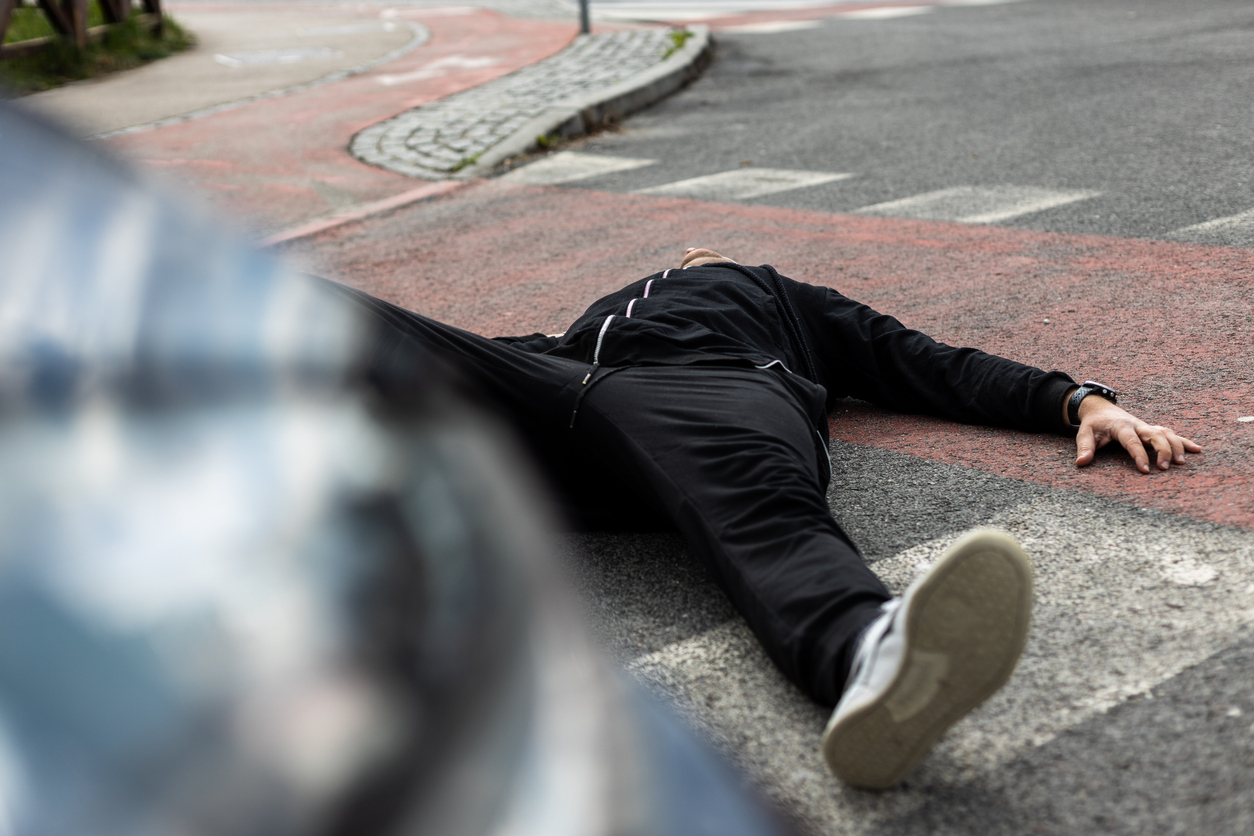Take Precautions
Things you should do right now to prevent injuries include:
-
Seatbelts: Florida law requires all drivers to wear their seatbelts. However, 44 percent of occupants killed in fatal accidents did not wear seatbelts at the time of the accidents. Buckle up every time you get in the car, no matter how far you are driving.
-
Car seats: In one recent year, 130,114 children were in motor vehicle accidents in Florida. Of these accidents, 1,427 children sustained serious injuries, and 155 died as a result of the crash. Florida law requires all children three and younger to ride in a car seat and children between the ages of four and five to sit in a booster.
-
Airbags: Airbags save lives in accidents. All vehicles manufactured since 1999 must have airbags. If you have an older car without airbags, consider buying a newer model.
Car Accident Statistics
The Orlando Sentinel reported that a 32-year-old woman died in a two-vehicle crash on the Florida Turnpike not far from Orlando. The crash occurred when the vehicle that the woman was driving was allegedly rear-ended by a pickup truck driven by a 25-year-old man. The force of the collision reportedly caused the woman’s vehicle to roll over. She was transported to the hospital, where she later died of her injuries.
The story, while terribly sad, is unfortunately common in the region. In one recent year, the Florida Department of Transportation reported over 400,000 motor vehicle accidents. Over half of these accidents were injury crashes. Sadly, 3,174 fatalities took place the following year. Both the number of accidents and the number of fatalities have steadily increased over the past several years.
If you have lived in Orlando for any period of time, you’ve likely heard complaints about the state’s drivers. Realistically, you’ve probably complained yourself. And while all states have their own traffic problems, ours are bigger than most. According to the Insurance Institute for Highway Safety, Florida ranked third among all states in the number of traffic fatalities. Only California and Texas had more fatalities. While population plays some role in these numbers, the state still ranks high when it comes to the rate of fatalities.
However, there is some good news. Although Florida ranked fourth when it comes to the states with the worst drivers, the state does have the eighth-lowest rate of DUIs in the country, with just 2.17 DUIs per 1,000 drivers. Out of 402,385 crashes in one recent year, only 5,125 had confirmed alcohol involvement.
Where, When, And How
To most of us, accidents seem to happen at random, but in reality, human error and inattention cause nearly all accidents. When you look at overall trends and statistics, it’s easy to see when and where these accidents are more likely to occur. This data can help determine when you should take extra precautions—and when other people are likely more negligent.
When it comes to total crashes, the Orlando area ranks relatively well overall. In one recent year, 31,004 crashes took place in the Orlando area. That’s less than half the number of accidents in Miami-Dade County, which had the most that year, with 65,986 accidents. Statewide, more accidents happened on a Friday than any other day of the week. On Fridays, the majority of accidents happened between 3 p.m. and 5 p.m. Statistically, you’re least likely to crash on Sundays.
The majority of accidents took place on local roads (218,205), followed by state roads (167,357). According to IIHS, only 23 percent of accidents took place on rural roads. This is far lower than the national average.
Of the 402,592 confirmed crashes in Florida in one recent year, 166,881 involved some sort of injury. That’s over 41 percent. Nationwide, injuries from motor vehicle accidents are the number one cause of injuries in children under the age of 19.
Florida Auto Insurance Statistics
Car insurance exists to help you recover compensation after an accident, and it also protects you if you cause an accident. Florida law requires all drivers to carry $10,000 in personal injury protection coverage. This coverage helps drivers cover medical costs after an accident. However, the state does not require drivers to carry liability insurance.
Consequently, the state has the highest rate of uninsured drivers in the country. In one recent year, the year for which the most recent data is available, nearly 27 percent of drivers were uninsured. Not surprisingly, the state also has some of the worst insurance rates in the country.








